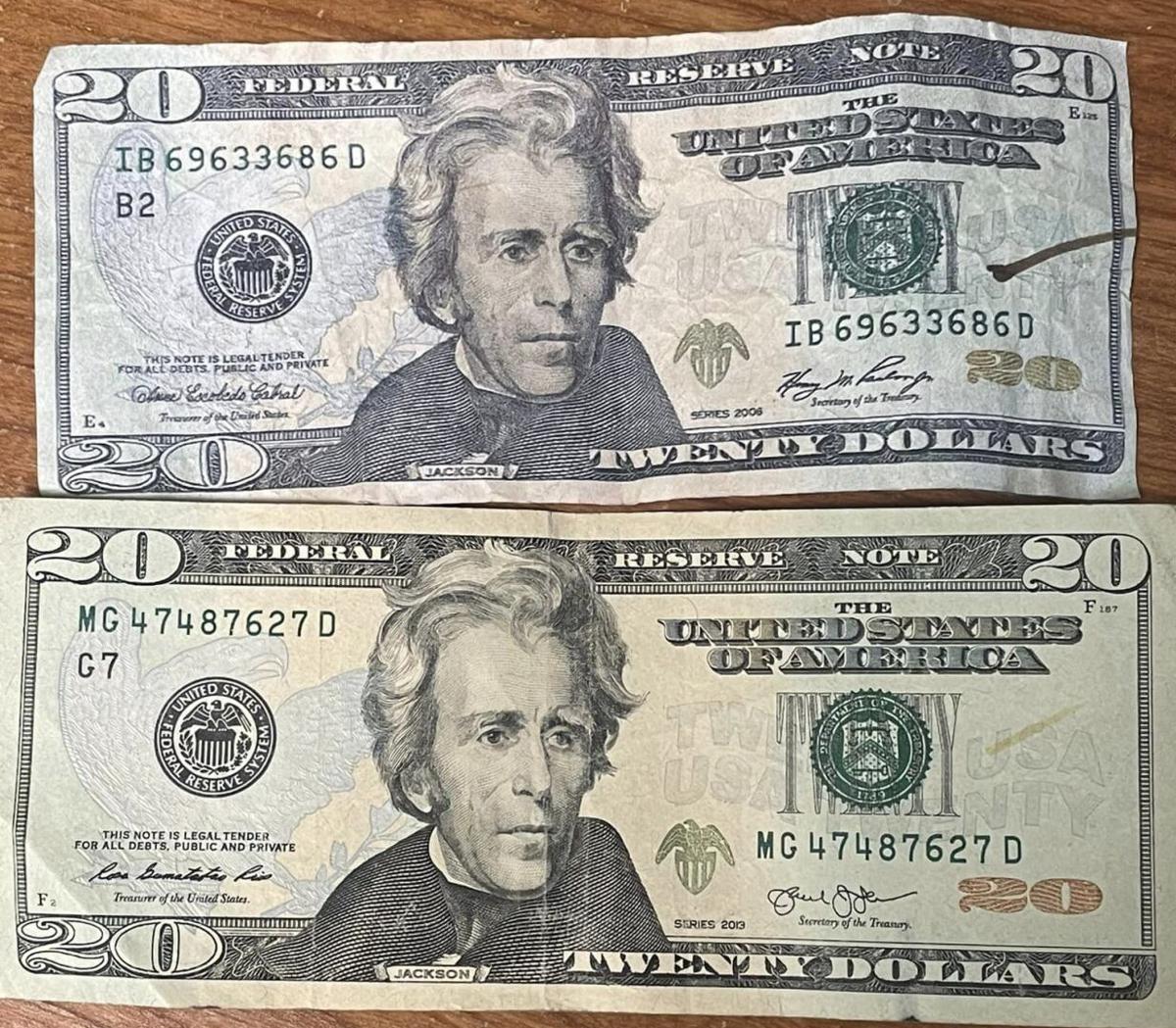Find Dependable Dealers Supplying copyright Money up for sale
Find Dependable Dealers Supplying copyright Money up for sale
Blog Article
Discover the Uses of copyright Money in Artistic Creations and Theatrical Performances
Phony cash, usually identified with deception and outrage, holds a peculiar appeal when it finds its means into the realm of theatrical efficiencies and creative developments. As we dig right into the diverse uses of fake cash in these imaginative domains, we start to discover a globe where credibility and imitation blur, motivating us to examine the actual nature of worth and representation within art and performance.

Historical Relevance of Funny Money in Art
The historic importance of imitation money in art is a complicated and appealing subject that clarifies the intersection of imagination, subversion, and socio-political commentary. Throughout history, artists have utilized copyright money as a tool for tough societal standards, examining the value of money, and making effective declarations concerning wide range and power.
Among one of the most noteworthy instances of funny money in art go back to the Dada activity of the very early 20th century - copyright money for sale. Musicians such as Marcel Duchamp and Hannah Höch incorporated phony currency into their works to criticize the capitalist system and check out the concept of value in a swiftly altering globe
Additionally, during times of financial instability or political upheaval, fake cash has been made use of by artists as a type of objection or disobedience. By creating and circulating copyright, musicians have actually been able to interfere with the status, difficulty authority, and provoke vital conversations regarding the role of cash in culture.
Effect of copyright Currency on Visual Arts
By integrating phony cash into their jobs, musicians provoke discussions on the nature of worth, credibility, and societal assumptions of wealth. The use of phony cash in art additionally increases moral considerations pertaining to the limits of imaginative expression and the ramifications of reproducing lawful tender. Generally, the influence of copyright money on visual arts is multifaceted, promoting vital reflections on the crossway of money, art, and societal values.
Symbolism and Definition in Theatrical Imitation Displays
Utilizing theatrical copyright display screens, musicians use symbolic representations to convey deeper significances and evoke provocative interpretations within the realm of performance art. With the consolidation of funny money in staged productions, creators can explore motifs such as greed, power, corruption, and the illusion of riches. The use of copyright on phase can act as an allegory for societal concerns, economic variations, and the frailty of financial systems.
In staged performances, the symbolic worth of funny money extends past its financial worth. It can represent the deceitful nature of appearances, the quest of materialistic needs, and the consequences of underhanded behavior. By using copyright cash as a prop, artists can test target markets to question real significance of wide range and the honest borders that people may go across in its pursuit.
Ethical Factors To Consider in operation Fake Cash for Art

One major moral factor to consider is the possible legal repercussions of making use of funny money in art. Counterfeiting currency is prohibited in many nations and can lead to Read Full Report major consequences for musicians that intentionally include copyright expenses right into their job. copyright money for sale. This not just places the musician in danger but also increases concerns concerning advertising unlawful activities via art
In addition, there is a moral issue regarding the authenticity of the artwork itself. Using funny money blurs the line in between fact and imitation, possibly deceiving audiences and endangering the stability of the creative item. Musicians have to think about whether using funny money straightens with their values and imaginative purposes, considering the prospective impact on their credibility and reliability.
Future Trends in Funny Money Assimilation
Taking into consideration the progressing landscape of artistic expression, the incorporation of funny money in imaginative works may witness a shift towards intriguing and innovative avenues. As artists remain to push boundaries and explore new mediums, funny money might progressively be made use of to test societal norms, examine the value of money, or make powerful declarations concerning wide range and consumerism.
One future fad in funny money integration could be its application in immersive art setups where audiences are motivated to engage with the pieces, blurring the lines between truth and impression. In addition, advancements in innovation might bring about the production of hyper-realistic phony money that is essentially indistinguishable from genuine currency, opening up opportunities for a lot more in-depth and home detailed artworks.
Furthermore, collaborations in between counterfeiters and artists could lead to unique items that incorporate conventional artistic methods with the workmanship of creating funny money. Moral considerations bordering the validity and principles of using copyright money in art will proceed to be a point of contention as these future patterns unfold.
Conclusion
In conclusion, usings funny money in creative developments and theatrical performances have a lengthy history and remain to provide ideas for musicians. From its historic significance to its effect on visual arts and importance in staged display screens, funny money plays a special role in the art world. Moral factors to consider should be taken into account when making use of copyright cash for imaginative functions. The combination of funny money in art is most likely to continue advancing in the future.
Generally, the influence of phony currency on aesthetic arts is multifaceted, stimulating crucial representations on the junction of cash, art, and societal worths.

In final thought, the uses of imitation money in staged efficiencies and creative productions have a lengthy background and continue to be a resource of ideas for artists. Honest considerations must be taken right into account when making use of copyright cash for innovative purposes. The integration of imitation cash in Our site art is likely to proceed progressing in the future.
Report this page